Mark Cuban has garnered public accolades for his efforts to improve transparency of drug pricing and lower costs for patients through his Cost Plus Drugs company. The company and its celebrity founder have not been shy about their ambitions (the company touts “huge drug savings” front and center on its website). As I’ve written, Cuban’s push for transparency is a positive one, and any increase in competition in the health care industry is a good thing. However, as Kaiser Health News noted recently, there are big holes in Cuban’s claims of cost savings. Net-net, the story is that Cost Plus Drugs is not able to offer dramatic savings to many patients. There are three key reasons for this:
- Insurance status and access: The Cost Plus story becomes complicated very quickly if you consider insurance status. This is because insured patients can get many of these drugs at almost zero cost (as many drugs are tier-one generics with very low or no copay). So, while Cost Plus can help underinsured and uninsured patients (which is obviously a good thing), these individuals are in the minority of patients overall (though they are still a large group). Further, a large number of these individuals don’t have access to internet at home, which limits their ability to use digital pharmacies like Cost Plus.
- Pharmacy negotiating power: While Cuban’s company offers improved transparency into pricing and arguably an improved online user experience compared with traditional pharmacies, Cost Plus Drugs really is nothing more than another pharmacy (like other digital pharmacies). In fact, it may be one of the weaker pharmacies. After all, it procures drugs from the same manufacturers as incumbent pharmacies (e.g., Ranbaxy, Sun Pharma etc.). However, it may not be able to secure the same level of volume discounts as vertically integrated competitors like CVS or Walgreens. It also may not be able to benefit from 340B rebates (or what some argue is the misuse of these rebates).
- Generic vs. branded drugs: In terms of overall health care spend, Cost Plus Drugs primarily sells generics and not branded patented drugs. Therefore, it will, by design, not be able to make a major dent in savings. Branded drugs account for 80% of prescription drug spending in both retail and non-retail settings. But generics already have a lot of competition and cost efficiencies are built in. This can be seen in the operating margins of large pharmacies (roughly 5%). Of course, at the level of individual generic drugs, there are outliers where there is an opportunity to decrease the cost. And then there’s Janssen’s recent deal with Cost Plus Drugs to sell three of its brand-name drugs for a significant discount. However, this move by Janssen does not seem to be a signal that it is shifting its model. Instead, it is likely a market access play (read Medpage Today’s good analysis). As a result, while this is positive for patients, it is most likely a one-off.
So, we are back to the root question: Where can we generate meaningful savings for patients? And even if it’s not Cost Plus Drugs, can a model like it change health care? Perhaps, if a company like Cost Plus Drugs could manufacture drugs at scale while also distributing drugs as an online pharmacy, it could simplify the supply chain by removing players and thereby pass more savings to the patients. But, again, a model like this would only work for generic drugs, not high-priced branded drugs or specialty drugs, which are patent protected.
Despite all the focus on drug manufacturers and PBMs, disruptors should turn their eyes to payers. After all, as other players in the health care system (hospitals, pharmacies) face shrinking margins, commercial payers continue to rake in huge profits.
- Rohit Gupta
- Rohit Gupta is vice president of analytics strategy and transformation.


